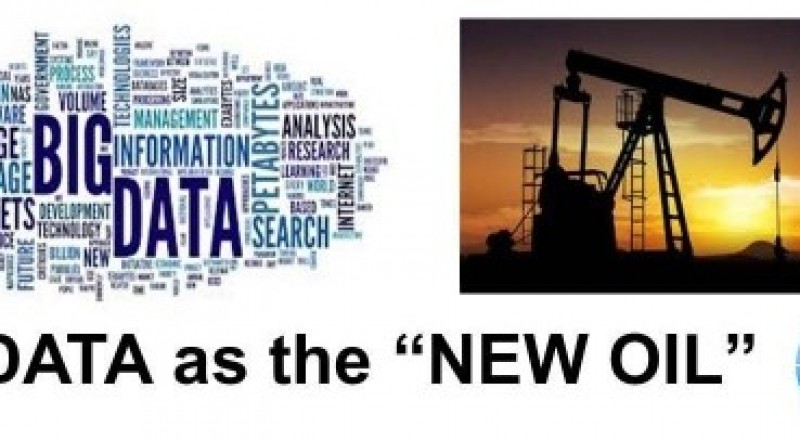Data as Evidence for Development
In today’s world, data is everything. Data informs us and helps us find solutions to our problems. It not only shows us a picture of the past and present but also guides us what our future could look like. Henceforth, there is wider attention towards collecting, extracting, synthesizing and communicating data at various levels for various purposes.
In the world of research and development, data even plays a greater significance as it is generally viewed as “evidence”. Nowadays, there is a greater focus towards “Evidence for Development” or E4D concept where data is utilized for the greater good – linking towards policy for its sustainable use.
Data is now the new oil! As oil/petroleum was and is the cornerstone of energy and symbolic to economic development, richness of data has become an indicator for better development outcomes. Demographic and Health Survey is a prime example where an extensive survey of a country’s demographic and health status is measured to gather disaggregated information of various variables. This information would provide a glimpse of the status of the demographics and health situation of the country – supporting the policy makers and programmers for evidence informed decision making.
Data for Visualization and Communication
Data visualization and communication has also taken a giant leap in these recent years with the ever growing information technology industry. ‘Infomatics’, as the term is called is a perfect amalgamation of the latest innovative information technology guided by the principle of data management. Days are gone when the computer freaks would be just interested in high-tech games. They are also equally eager to identify and visualize data and explore various options to make users’ life as easier as it can be.
Demand creates the supply. The recent earthquake of April 2015 in Nepal caused massive damage to lives and property of thousands. It was a challenge to have data from the ground as quickly as possible for informed decision making. Some valiant efforts were made especially by various IT and software companies, development organizations, research agencies with their own innovative and dedicated teams to come up with various real time local data of the extent of damages using various data visualization tools.
Data Utilization – Not Just a Process but a Practice
In the developing world, especially in countries like Nepal, there is a greater need to realize the greater importance of data and how it actually help us improve in many ways. Data is also very much linked with how data sources are maintained. Therefore, it is not just about a process but a practice. Recording and reporting of the nature of information we are collecting needs to be strengthened at all levels for us to actually generate the expected form of data. Capacity of the data generators also needs to be thought through in order to ensure that the officials, especially at the local level are capable enough to generate good quality data and are sensible enough to realize how bigger an impact it could have, if reported wrongly.
Dedicated for Data Enhancement – HERD
HERD, in this advent of supporting evidence informed decision making is advancing its steps forward with bigger and better data management. Immediately after the earthquake, we conducted a month long media monitoring of the news reported about the earthquake and produced daily media monitoring report. We also conducted a school assessment of more than 6000 schools of 11 districts highly affected by earthquake. We are also conducting a real time end-user monitoring of earthquake response programmes in all 14 districts. Likewise, we are conducting an epidemiological survey trying to understand the causes of deaths and injuries caused by the earthquake. Recently, we have undertaken a massive national housing reconstruction survey mobilizing over 2000 engineers for field enumeration.
Realizing that data is the new oil, the new energy for a better Nepal, HERD is leaving no stone unturned to improve data collection, extraction, management, visualization and uptake practice with the support of government, non-government stakeholders, development partners, community stakeholders and most importantly, the ultimate beneficiaries – the public.



Comments(0)
No comments found.